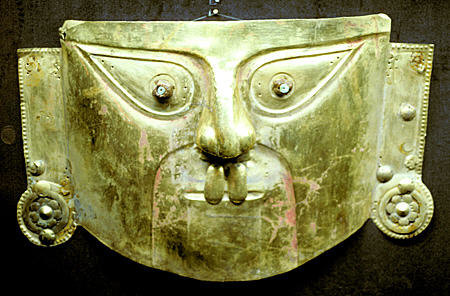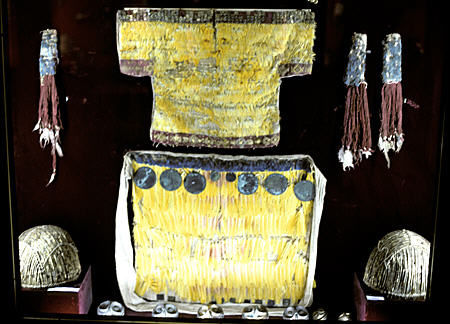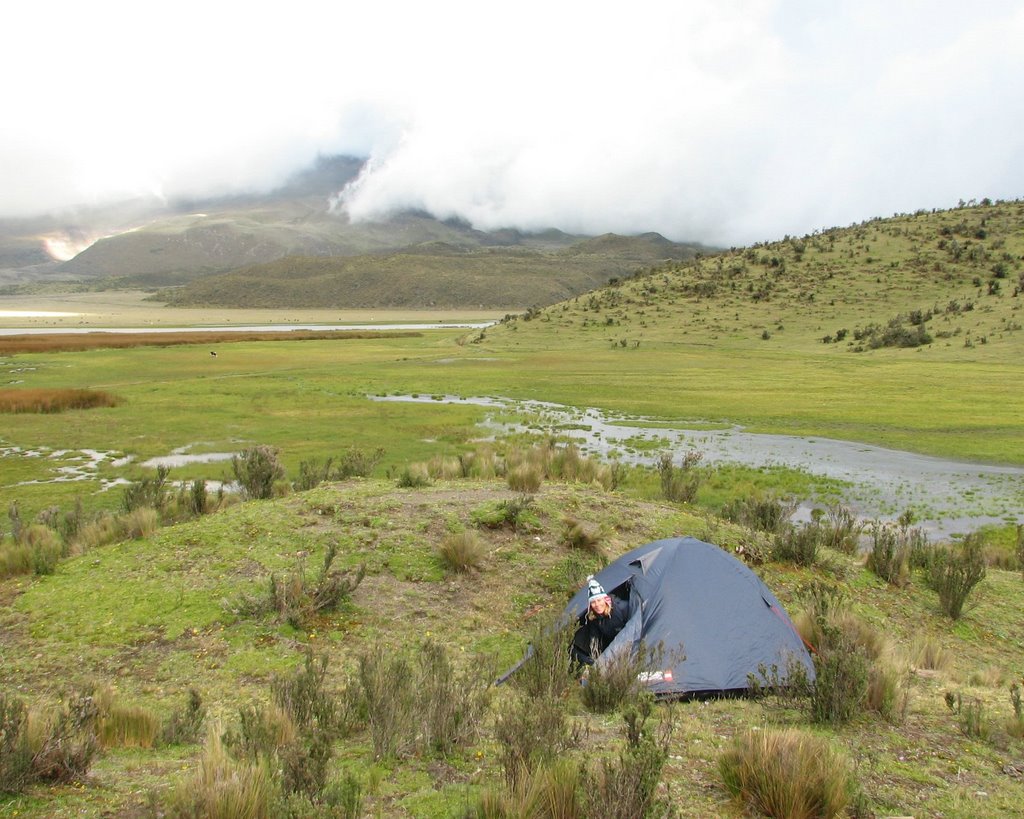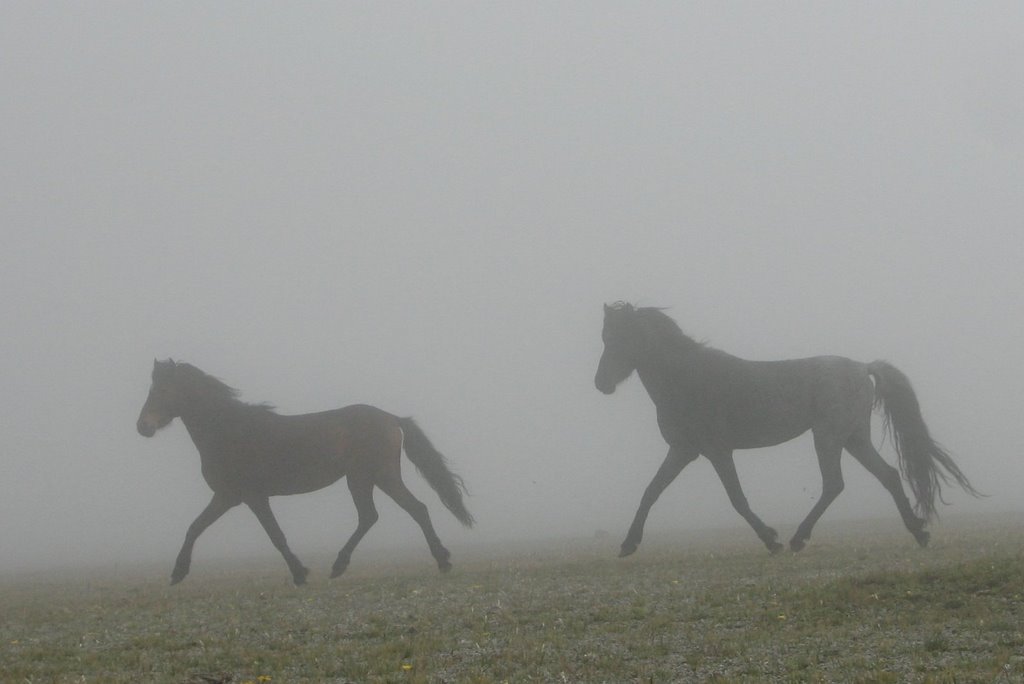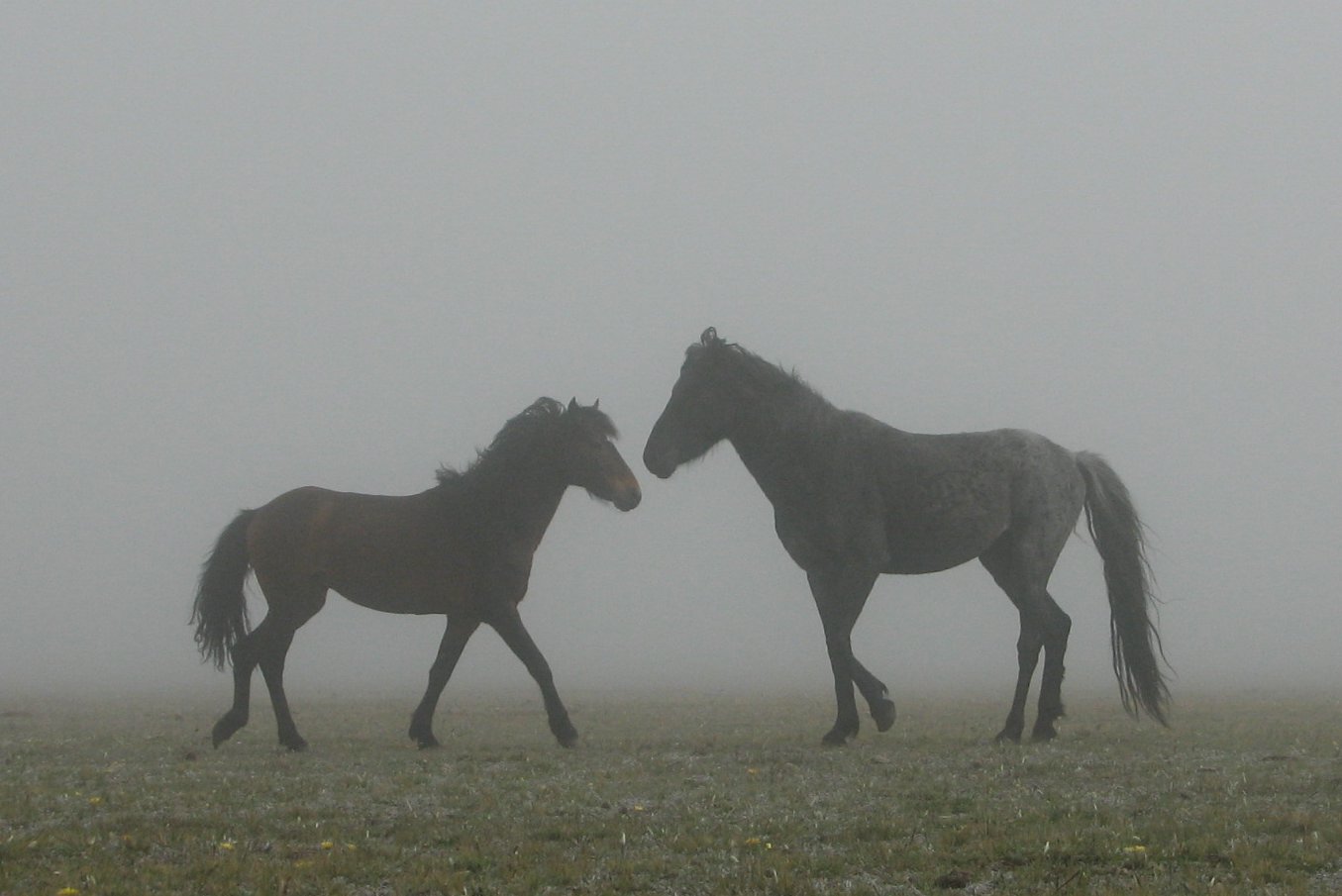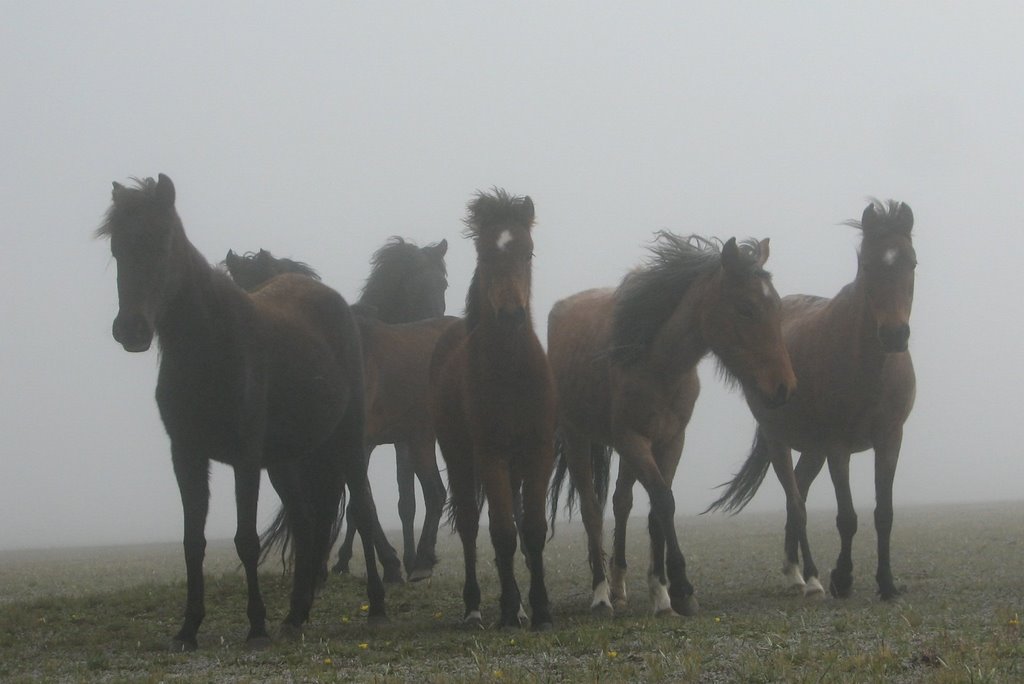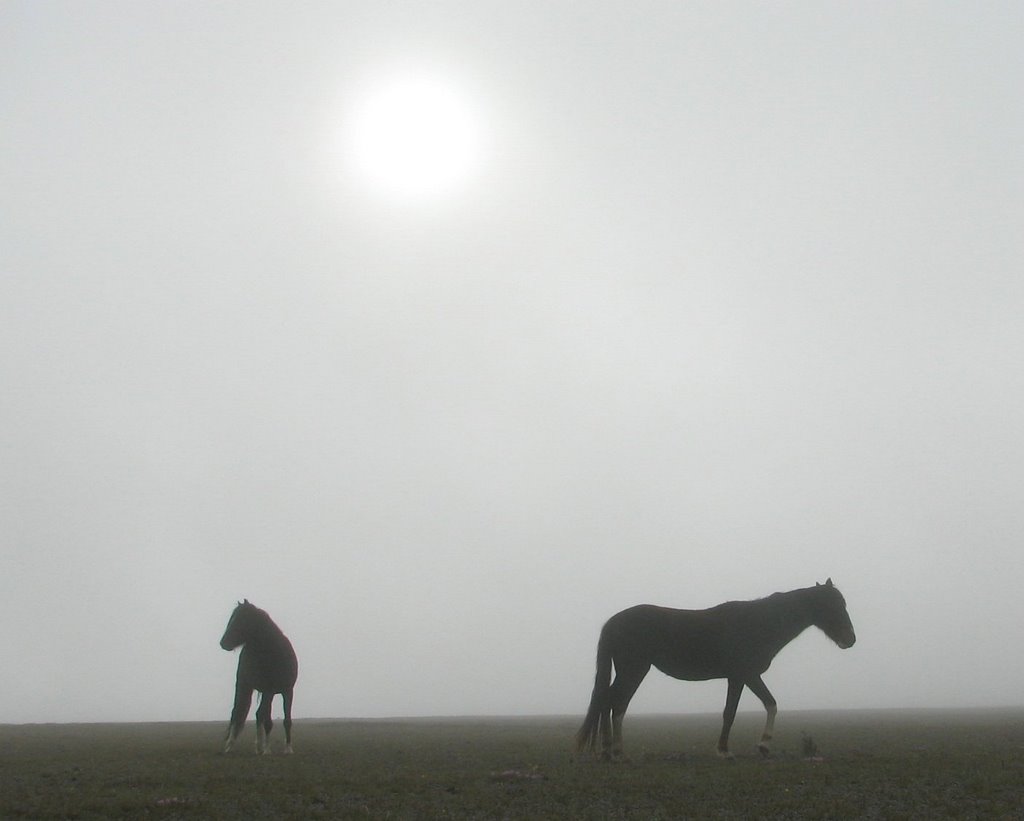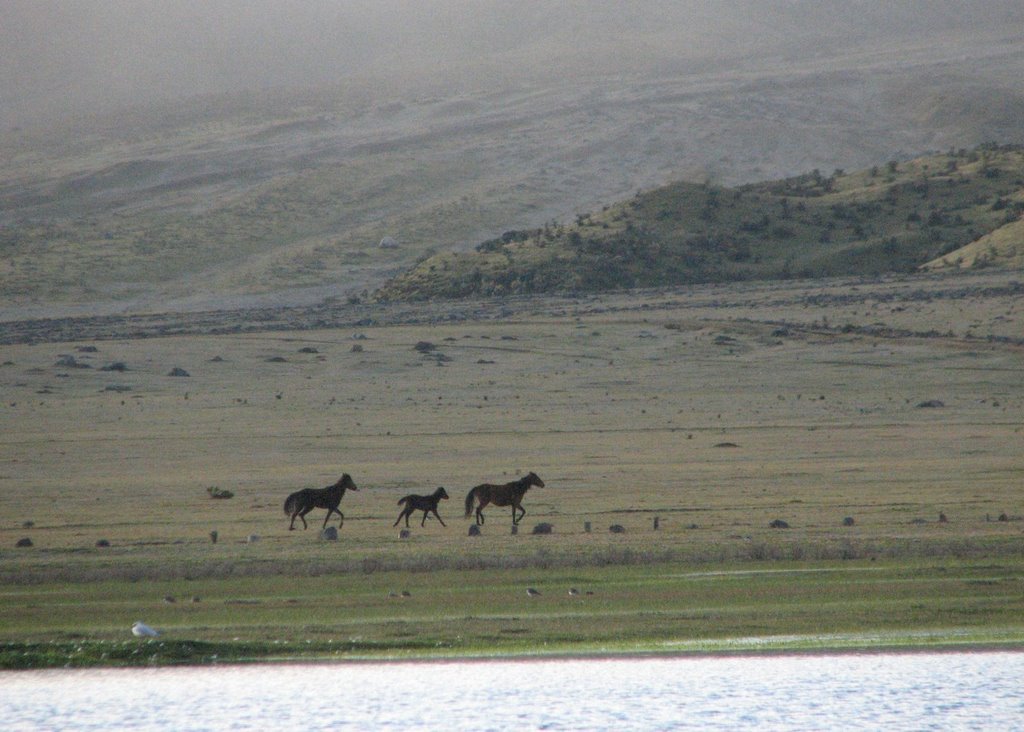The Ballestas Islands are sometimes described as Peru's answer to the Galapagos Islands and although, according to the guide books, they don't match the splendour or variety of their northern cousins, they are quite spectacular in their own right.
We visited the islands on a tour and I was so impressed that I promptly booked myself on another tour for the following day. If the Galapagos is even better, then I cannot wait!
The islands have been eroded to form countless natural caves and arches and we were able to go under several impressive arches in the boat. On the 2nd tour, the waters were heaving and the pilot had to do some impressive navigation. Our boat was full of Japanese tourists trying to balance and snap hundred of pictures at the same time. One person on our boat even lost his breakfast.
Here is the
Guanay black cormorant - a close up of the bird that you see in so many thousands in the pictures above.
Needless to say, all these cormorants produce an awful lot of poop between them. This used to be a highly priced commodity back when fertiliser was not produced synthetically. The old
guano factory still stands on the island in a testament to those times.
Turnstones at rest and in flight
I loved the colourful
Incan Terns.
And here are
Peruvian Boobies. Like gannets, they dive into the water like missiles.
The
Pelicans were beautiful and I was able to get very close.
Humboldt Penguins, a new penguin species for me
And a
banded gull, yet another new species for me.
More
gulls in flight
In addition to birds, there were hundreds of sea lions. There young were inquisitive and cute. The males become brutish as they get older, spending all there time bellowing and fighting with each other.
On the boat trip, we also got a view of the '
Candelabra', which is either a Paracas culture geoglyph similar to the Nazca Lines or, perhaps more excitingly, a marker to lost treasure left by pirates during the 17th century. In any case, we did not stop for long enough to dig for treasure, and I must admit, digging in hot sand is not really my thing anyway...
And then just before we got back to port, we lucked out and saw
dolphin. One of them even did an airial manouvre for us but my photo finger was not quick enough.
After the islands, we spent some time in
The Paracas National Park. More beautiful cliffs and rock formations and some nice beaches.
We have met several bikers on our travels around South America, including two British ladies over 60 on enormous hondas. Saw this bike in the Paracas Park. Talk about freedom.
New birds seen
- Inca tern
- guanay cormorant
- banded gull
- Humboldt penguin
- Andean gull
- Peruvian pelican
- Neotropical cormorant
- Red legged cormorant
- Peruvian booby













